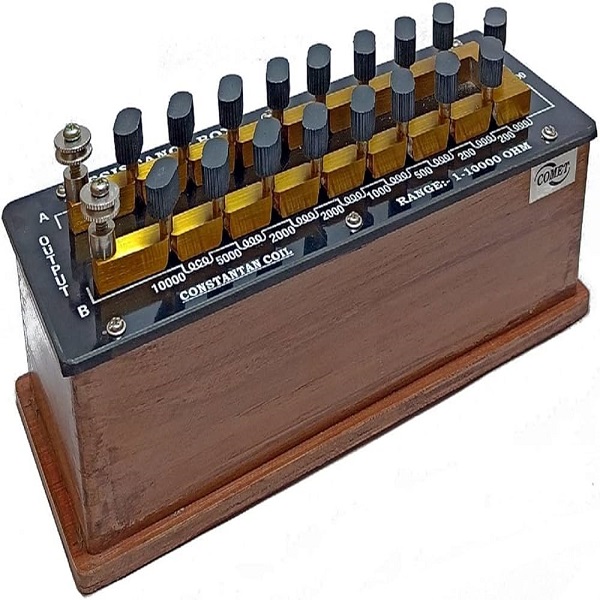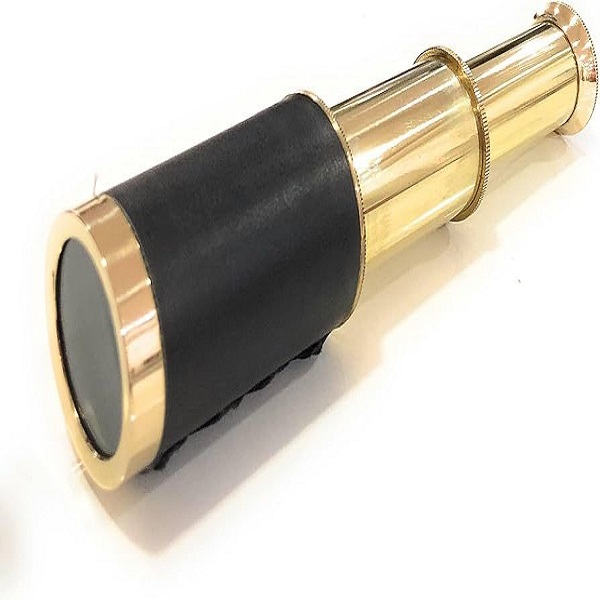An electrical tuning fork is a physics laboratory tool that produces a precise tone using electronic circuits to mimic the sound of a traditional mechanical tuning fork. It’s made up of a power supply, a speaker, and an oscillator circuit. The oscillator circuit produces a sine wave at a specific frequency, which is then amplified and played through the speaker. The frequency of the sine wave can be adjusted using a potentiometer or other control mechanism.
Here’s how an electrically driven tuning fork works:
- A battery is attached to one of the fork prongs.
- The current produced causes the electromagnet to work on the prong when it moves away.
- When the prong moves back towards the magnet, the circuit is broken.






There are no reviews yet.